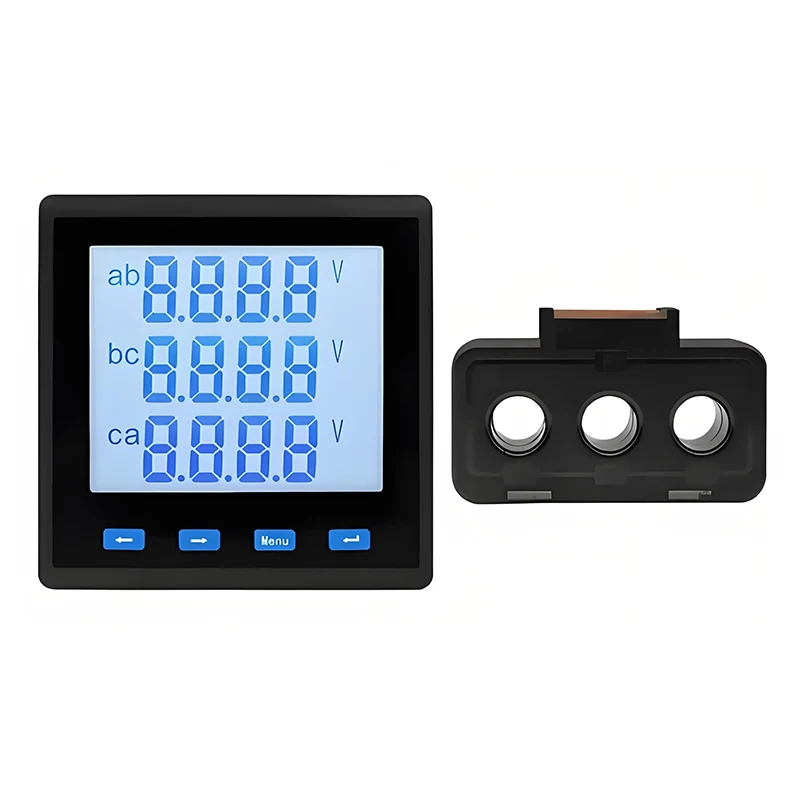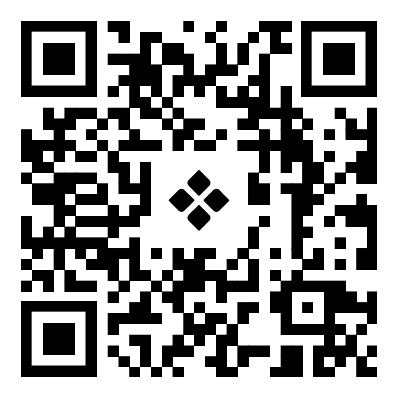Why Should You Choose a Multifunctional Power Meter for Your Electrical Needs?
2025-08-15
In today's rapidly evolving industrial and residential environments, accurate energy measurement is no longer optional—it's essential. I have personally overseen energy management projects for over 20 years, and one tool that consistently delivers precision and reliability is the Multifunctional Power Meter. This device allows real-time monitoring of multiple electrical parameters, helping both engineers and facility managers optimize energy usage, reduce costs, and improve system safety.
What Makes the Multifunctional Power Meter Stand Out?
When I first implemented the Multifunctional Power Meter in a large-scale manufacturing plant, I noticed immediate improvements in energy tracking and system diagnostics. Unlike standard meters, this device consolidates multiple measurements into a single, easy-to-read interface. Here's what makes it exceptional:
-
Comprehensive Parameter Monitoring: Measures voltage, current, power factor, active/reactive power, and energy consumption.
-
Real-Time Data Display: LED/LCD screens show live readings to allow instant decision-making.
-
High Accuracy: Typically ±0.5% for voltage and current, ensuring precise energy accounting.
-
Flexible Communication Protocols: Supports Modbus, RS485, and optional IoT connectivity for remote monitoring.
-
Compact and Durable Design: Suitable for panel mounting in industrial or commercial applications.
| Parameter | Specification |
|---|---|
| Voltage Range | 80–500V AC |
| Current Range | 1–100A (with CT) |
| Accuracy | ±0.5% for voltage and current |
| Power Measurement | Active, Reactive, Apparent |
| Energy Recording | kWh, kVARh |
| Communication | RS485, Modbus RTU |
| Display Type | LCD / LED Digital Display |
| Operating Temperature | -10°C to 55°C |
How Does a Multifunctional Power Meter Improve Efficiency?
In my experience, the biggest advantage of a Multifunctional Power Meter is its ability to identify inefficiencies in real time. By continuously monitoring electrical parameters, you can detect power losses, unbalanced loads, and unusual consumption patterns. This allows timely intervention before minor issues become costly repairs.
Key benefits include:
-
Energy Optimization: Track energy consumption by individual circuits or equipment.
-
Fault Detection: Identify overloads, short circuits, or phase failures promptly.
-
Cost Management: Analyze energy usage patterns to reduce waste and optimize billing.
-
Preventive Maintenance: Schedule maintenance based on actual load conditions rather than fixed intervals.
How to Integrate the Multifunctional Power Meter Into Your System?
Integrating a Multifunctional Power Meter is straightforward with the right planning. I recommend following these steps:
-
System Assessment: Evaluate your electrical system to determine where monitoring is most needed.
-
Meter Selection: Choose a meter that matches your voltage, current, and communication requirements.
-
Installation: Mount the meter in an accessible panel location. Ensure proper wiring to measure all required circuits.
-
Configuration: Set up measurement parameters and communication settings. Connect to your SCADA or building management system if applicable.
-
Data Analysis: Use software or web portals to review energy consumption, identify trends, and generate reports.
Multifunctional Power Meter FAQ: Common Questions Answered
Q1: Can the Multifunctional Power Meter measure both single-phase and three-phase systems?
A1: Yes, most modern Multifunctional Power Meters support both single-phase and three-phase configurations. They automatically adjust measurement parameters based on system wiring and provide separate readings for each phase as well as total values, ensuring comprehensive monitoring.
Q2: How often should I calibrate the Multifunctional Power Meter?
A2: Calibration is recommended every 12–24 months, depending on usage intensity. Regular calibration ensures accuracy in energy measurement, prevents billing disputes, and maintains the reliability of recorded data for long-term energy management strategies.
Q3: Is it possible to integrate the Multifunctional Power Meter with remote monitoring systems?
A3: Absolutely. Most meters come with RS485 Modbus communication or IoT-ready interfaces, allowing seamless integration into SCADA, cloud platforms, or energy management systems. This enables remote monitoring, alerts, and automated reporting for more efficient energy control.
Key Technical Advantages That Set Our Multifunctional Power Meter Apart
When I recommend a Multifunctional Power Meter, I emphasize technical superiority in addition to reliability. Zhejiang Sehnaider Electric Co.,Ltd. ensures that every meter meets rigorous standards for accuracy and durability. Key highlights include:
-
High Sampling Rate: Captures rapid fluctuations in voltage or current, ensuring no data is missed.
-
Overload Protection: Built-in safety features prevent damage under abnormal load conditions.
-
User-Friendly Interface: Large, backlit display and intuitive menu navigation simplify operation.
-
Data Logging: Stores historical readings for trend analysis and reporting.
| Feature | Advantage |
|---|---|
| Sampling Rate | High-speed measurement for real-time monitoring |
| Safety Protection | Overload and short-circuit safeguards |
| Display | Clear LCD/LED with backlight for easy reading |
| Data Storage | Up to 10,000 records for historical analysis |
| Communication | Modbus, RS485, optional IoT |
In conclusion, choosing the right Multifunctional Power Meter is crucial for optimizing energy usage, enhancing system safety, and reducing operational costs. With decades of experience, I have consistently seen facilities benefit from the precision and reliability of these meters. For professional-grade solutions and dedicated support, contact Zhejiang Sehnaider Electric Co.,Ltd. today to explore our full range of multifunctional meters tailored to your needs.



